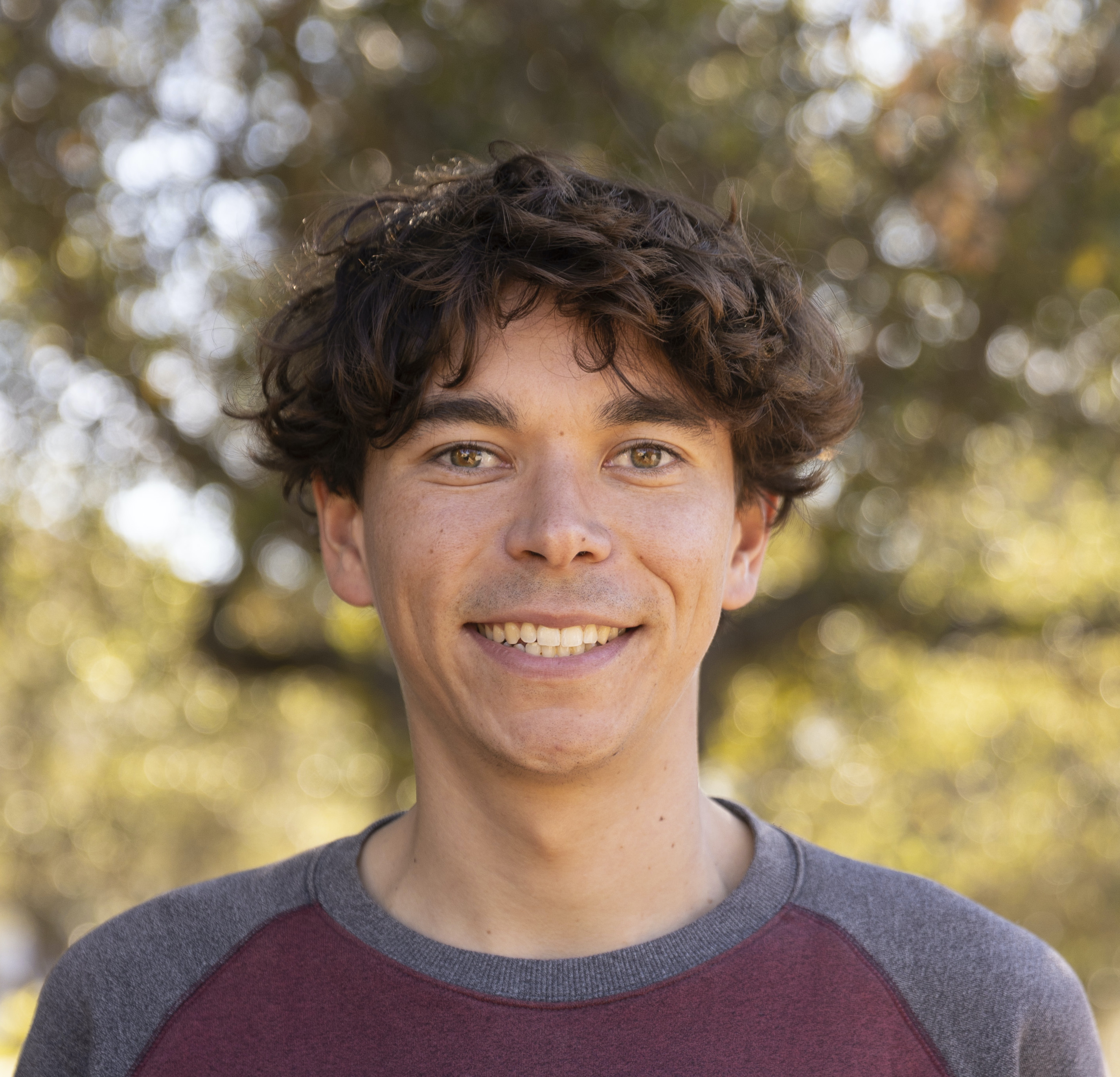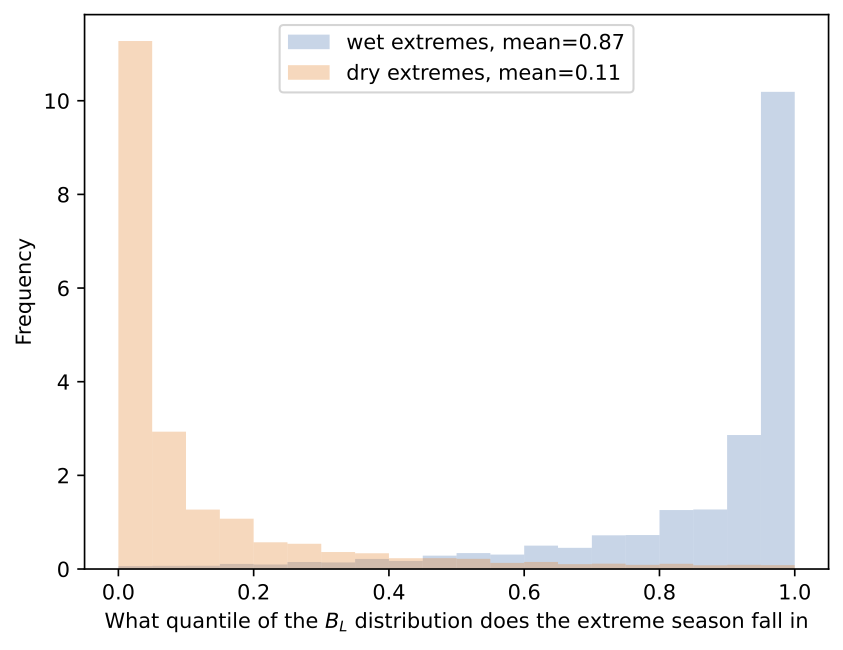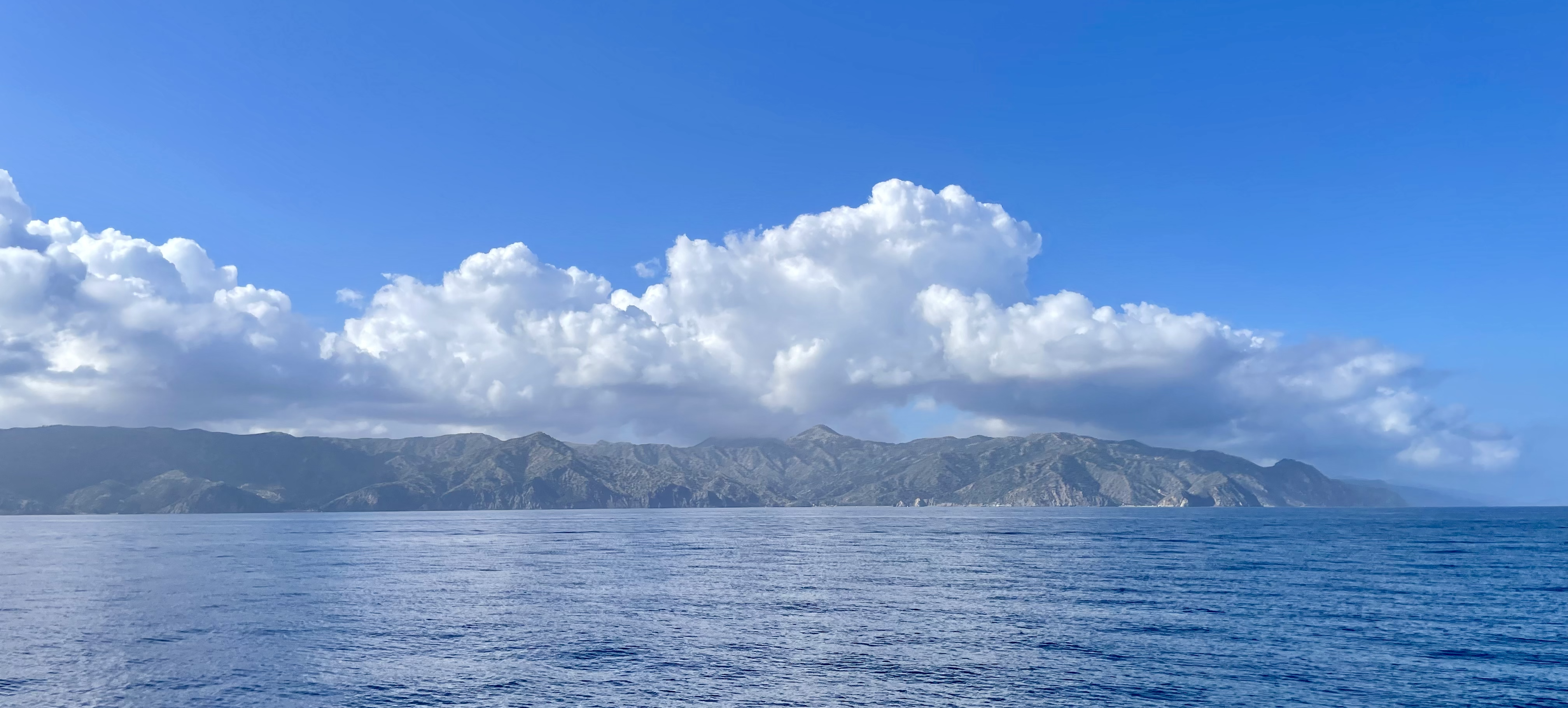Quentin Nicolas
Postdoctoral Fellow, ETH Zürich
Email: qnicolas __at__ berkeley __dot__ edu
Github profile,
Google scholar,
CV

Email: qnicolas __at__ berkeley __dot__ edu
Github profile,
Google scholar,
CV

I am a postdoctoral fellow in the department of Environmental Systems Sciences at ETH Zürich, in Heini Wernli's group. My main research interest lies in climate dynamics, with an emphasis on the dynamics of the tropical atmosphere. I strive to develop simple theories to understand the distribution of rainfall in the tropics. I previously obtained my Ph.D. in the department of Earth and Planetary Science at UC Berkeley, working with William Boos. My thesis work focused on the organization of rainfall around mountains, termed orographic precipitation.
I am more broadly interested in geophysical fluid dynamics, and I have had the chance to dip my toes in the world of the geodynamo, working with Bruce Buffett on wave generation in Earth's outer core. I am also collaborating with Geoffrey Vallis on the physics of superrotation. I met Geoff during the Geophysical fluid dynamics summer program at WHOI, where I was a fellow in 2023.
Prior to my PhD, I earned a MS in applied mathematics at Ecole polytechnique, just south of Paris, France. There, I had my first research experience developing mathematical models of the human liver with Irene Vignon-Clementel at Inria Paris.
Tropical mountains are among the rainiest places on Earth. Previous theories for the enhancement of precipitation
by mountains (termed orographic precipitation) focus on midlatitude regions, and assume that it results from the
smooth uplift of prevailing winds by the topography. In the tropics, precipitating clouds are often associated with moist
convection: this means they ascend much faster and much deeper than what the mountain uplift alone could cause. We proposed
a theory which couples moist convection and mountain flow dynamics, allowing to understand the spatial distribution of
orographic precipitation in the tropics.

Precipitation distribution around the Western Ghats of India in observations (left), as given by our theory (middle left), and as given by two previous theories for orographic precipitation (right). From Nicolas and Boos, 2024.
Extreme weather events threaten human societies across the world, but are, by far, most
devastating in the tropics. While tropical rainfall extremes have been widely studied at the daily timescales, there has been
comparatively little work on seasonal-scale extremes. Are they caused by anomalously frequent wet days, or a few anomalously
extreme events? What are their climatological drivers? Are they associated with large changes in the frequency of certain
weather systems? My host group at ETH Zürich has tackled these questions over the past six years, with a focus on midlatitudes.
I joined the group to address these questions in tropical regions.
One approach to understanding these is a plume buoyancy framework. Tropical extreme seasons, both wet and dry, are relatively well
characterized by a simple measure of convective plume buoyancy (see figure). This measure only depends on seasonal-mean temperature
and moisture in the boundary layer and lower free troposphere. Understanding what leads to seasonal extremes in these
thermodynamic quantities (processes associated with surface fluxes, horizontal moisture advection, and others) may be easier than
understanding directly what lead to rainfall extremes.

Distribution of the quantiles of (the plume buoyancy measure of Ahmed et al., 2020) for seasonal precipitation extremes at the 2 degree scale in the tropics (20S-20N). Wet extremes are widely associated with high quantiles of , and dry extremes with low quantiles.
ENS, December 2023 and Sorbonne Université, January 2024 (Paris, France)
AGU Fall meeting 2023 (San Francisco, CA, USA)
AGU Fall meeting 2022 (Chicago, IL, USA)
AGU Fall meeting 2022 (Chicago, IL, USA)
AGU Fall meeting 2022 (Chicago, IL, USA)
20th conference on Mountain Meteorology, 2022 (Park City, UT) - awarded second best student presentation,
23rd Conference on Atmospheric and Oceanic Fluid Dynamics, 2022 (remote),
AGU Fall meeting 2021 (remote) - awarded an oustanding student presentation award (OSPA)

Nice orographic cumuli (presumably forced by the background southwesterly wind) over Catalina island in November 2023